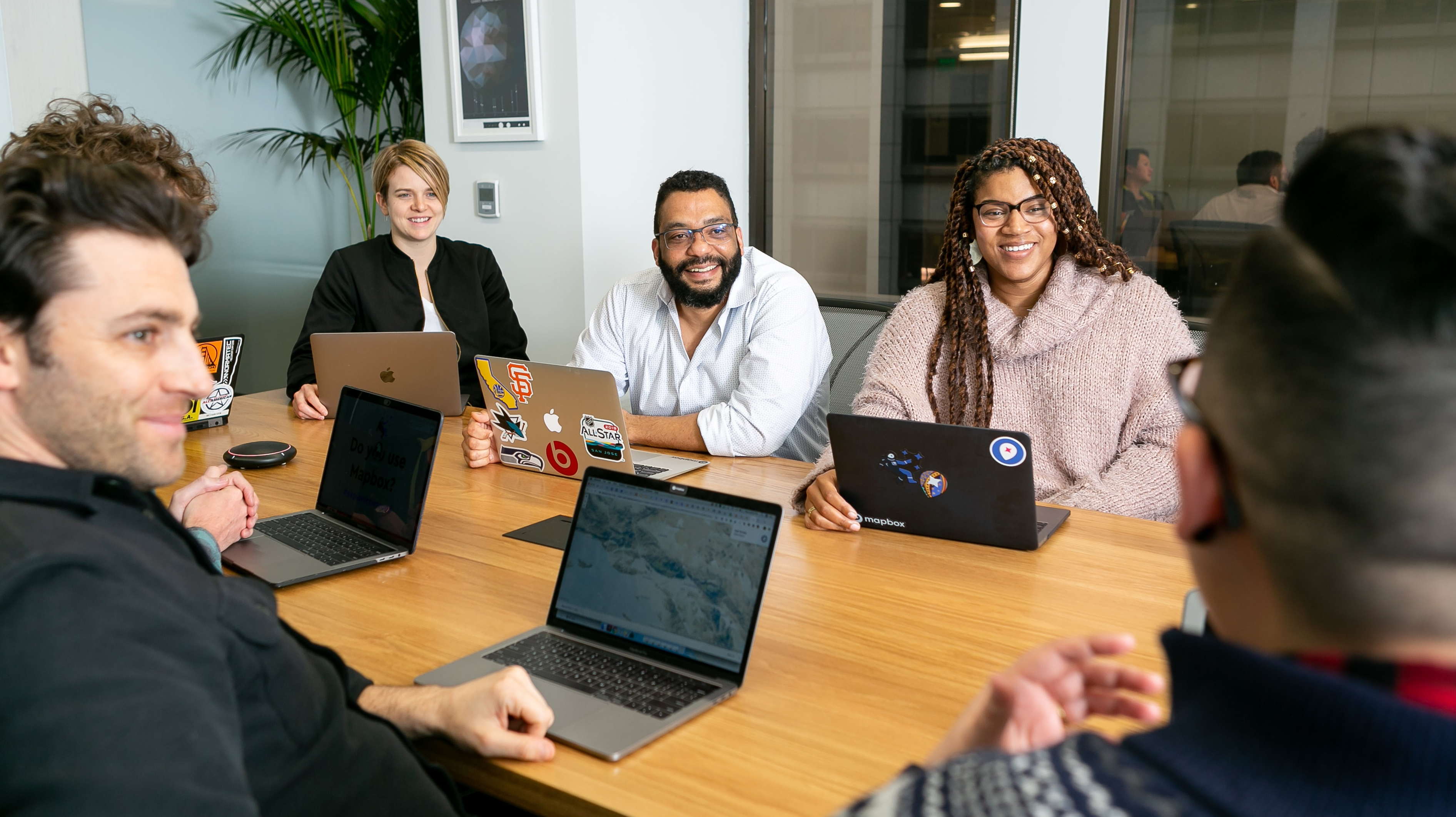
How to run inclusive meetings
We spend a lot of our work week in meetings. It’s where teams come together to work, brainstorm, and make decisions – making it the perfect environment to breed workplace inclusion.
But unfortunately, we often run them the default way, allowing for biases and non-inclusive behaviours to play out. Added to this, traditional meeting environments often don’t support an individual’s unique needs in group settings, hindering their ability to contribute as effectively.
So, if you’re keen to build a more inclusive culture, it’s critical to focus on meetings.
Having spent years leading teams and driving real changes to inclusion in organisations, below are my top tips to help you get the most from your team in meetings.
1. Set up a safe space
Set the ground rules for the meeting with everyone’s input so all attendees feel that they have contributed their ideas. Make rules visible, such as on the wall or first slide of the meeting. You could also rank yourselves against these at the end of your session to capture learnings for next time.
2. Allow time for complex issues
Identify items on the agenda that aren’t straightforward and allocate enough time for all views to be shared and discussed. If you don’t have sufficient diversity in the room, bring in people with different perspectives for relevant parts of the meeting.
3. Rotate roles
Swap common roles such as chairperson and minute-taker on a rotating basis; chairs with different styles encourage people to speak up more, while note taking makes it harder to contribute.
4. Give everyone a turn to speak
Make sure you hear from all voices in the room and ensure that certain people don’t dominate the conversation. Specifically ask quieter people for their thoughts, speaking to them 1-1 prior to the meeting if needed to ask how you can support them to speak up.
5. Influencers speak last
Managers, experts and other dominant voices in the room can influence or limit the contribution of others, resulting in ‘groupthink’. Groupthink occurs when a group’s desire for harmony and conformity results in a dysfunctional decision-making outcome. To avoid this, give everyone time to share their thoughts before the influencers speak.
6. Ask questions
Ask others for their perspectives, listen to see what you can learn, then round up by sharing your views. Become a serial questioner; keep asking “why?” (up to 5 times is a good rule) until you really get to the heart of the issue.
7. Look for biases
Get to know common biases and work as a team to identify and challenge them in the moment. You could agree on biases you’re going to look out for in the meeting and give everyone the license to call them out for discussion, perhaps via a “yellow card” system.
8. Play devil’s advocate
Allocate someone to the task of disproving your hypotheses – taking on different views and asking challenging questions like “what if the opposite was true?” Even if they don’t personally agree with the alternative view, this is a great tool to broaden perspectives.
9. Get to know everyone’s styles and strengths
Knowing what makes your team tick, and how to get the most out of them, is a huge asset to growing inclusive, highly productive teams. So, take the time to understand the different styles of everyone in the room. This could include their thinking style, their personality profiles and their personal strengths.
10. Make reasonable adjustments
Ask your people in advance what they need to be at their best in meetings. This could include a wide range of accommodations such as ensuring you have regular water or movement breaks, receiving the agenda in advance or having larger fonts available. Once you know, ensure these things are always adhered to.
These tips are taken from my Inclusive Culture Program, which includes a framework for driving inclusion in your workplace (including meetings) and a range of capability material to support you. If you’re keen to know more about this program, please get in touch on robin@robindaviesconsulting.co.nz. I look forward to hearing from you!
